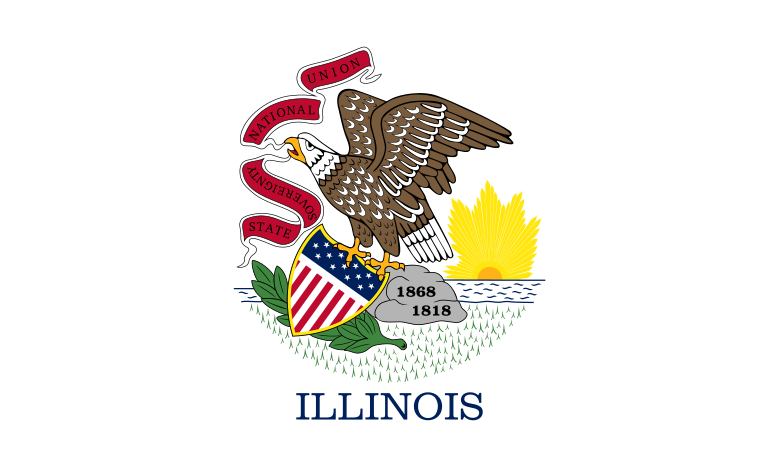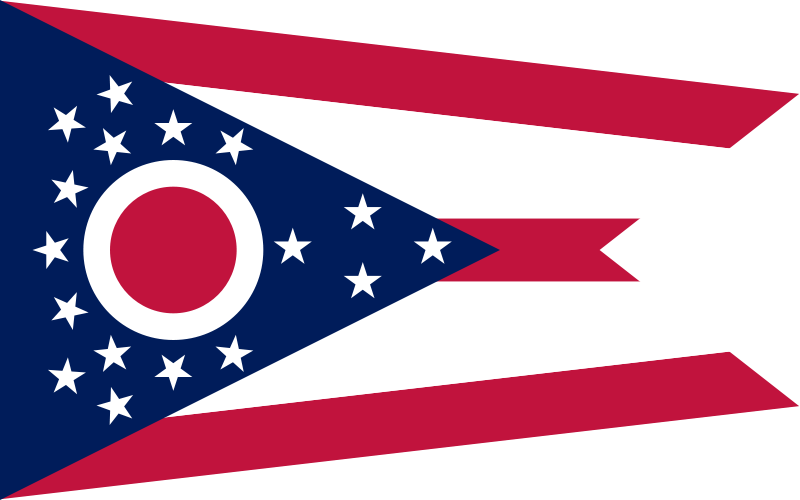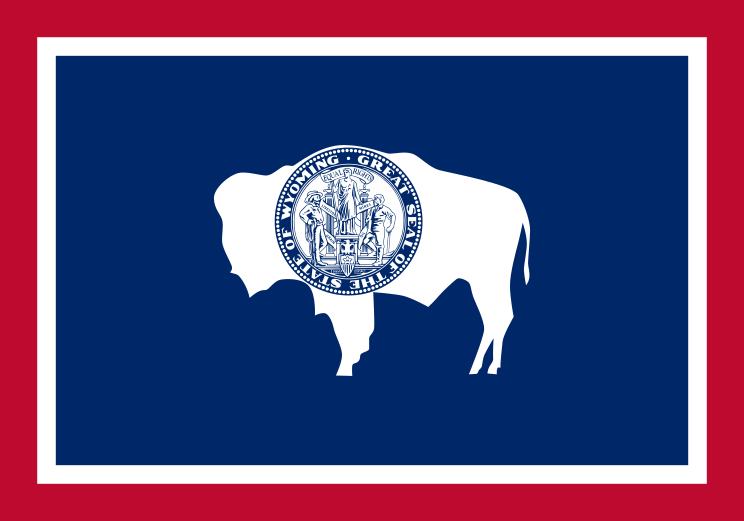for reasons that i may soon make clear, it's been a while since my last post, but i seem to remember it being about the bullet train, or shinkansen. so now all that's left to do is talk about what we saw when we got off that train. as i mentioned, we went to the famous city of Hiroshima, which, literally translated, means "wide island". not really an island, and not really wide enough for much of it to escape the devastating destruction that made it so famous, however. that destruction was, of course, caused by the atomic bomb dropped on the city at 8:15 am on August 6th, 1945 by the American bomber Enola Gay.
it does seem a bit strange to go and look at a town that was completely leveled; after all, what would there be to look at? there is one iconic sight left in Hiroshima from the era; it is the remains of a building that is now known rather prosaically as the A-bomb Dome. called the Hiroshima Prefectural Products Exhibition (or Promotion) Hall at the time of the blast, it is one of only a handful of structures that remained standing in any degree afterwards. it is thought to have done so because the bomb actually detonated at an altitude of about 600 meters, and almost directly above the Hall, so several of its walls stayed intact.

i found that the twisted metal of this staircase in the A-bomb Dome made the whole scene seem a little more real and shocking than a pile of rubble would have done.
since that time the Dome has fought off the attempts of various groups that have wanted to tear down what they see as a painful reminder of the destruction of war, and has been virtually enshrined instead as a positive reminder of why the world may just want to avoid nuclear conflict. it would really be just a partly destroyed old building if it hadn't been left much as it was immediately following the bomb; as you can see in the picture above, twisted metal structures like a spiral staircase add an eeriness to the whole scene that wouldn't have been present with just the bricks and concrete.
despite being in the middle of town, it's a nice spot, and the Dome sits at the far North end of the large Hiroshima Peace Park, which is really quite true to its name. Jill and i made sure to ring the Peace Bell, and we spent some time admiring the several monuments to various groups, along with the Pool of Peace and Cenotaph. this last is a stone box under a covered wagon-shaped arch in which lie the names of all the victims of the first atomic bomb ever used. every year on the 6th of August, during the remembrance events that go on in the park, the Cenotaph is opened and the names of those who had died in the previous year and had been in Hiroshima at the time of the bombing are added to the list of victims. currently the list consists over 220,000 names, though the death toll up to the end of 1945 was thought to be around 140,000 of the approximately 300,000 people who had been in the city on the day of the bombing.

some of the sights at the Hiroshima Peace Park, clockwise from top left: another view of the A-bomb Dome; Jill and i ringing for peace; "The Monument in Memory of the Korean Victims of A Bomb"; and the Cenotaph, which sits across a reflecting pool from the "Flame of Peace", which will only be extinguished once the last nuclear weapon on earth has been destroyed.
among these victims were believed to be something like 10,000 Koreans who had been working as laborers in the city at the time; Korea was under Japanese rule at the time. there was a monument to these people, along with one to the "mobilized students" who were taken out of school to work in support of Japan's military effort. in some senses, it seemed fairly un-Japanese to have recognized such goings on, but we found even more candor in one of the museums at the park. where Japan tends to portray (and perhaps even view) itself as nothing but a victim in the Second World War, there were a couple of placards at the excellent Hiroshima National Peace Memorial Hall for the Atomic Bomb Victims that indicated in almost-frank terms that Japan was indeed an aggressor nation and could perhaps even deserve some of the blame for what happened to itself. it was a pretty tame admission by our standards, but shockingly forthright coming from a Japanese source, and quite refreshing.
the final main monument in the park is the Children's Peace Monument, which is better known as a monument to Sadako. when i was teaching in Taiwan i had read with some of my classes the story of Sadako Sasaki, who was a child of just two when the bomb was dropped about a mile from her home. some nine years later she fell ill and was diagnosed with leukemia and admitted to the hospital, being given less than a year to live. she had heard of an old tradition that held that if a person were to fold 1,000 paper cranes they would have their wish granted, and so she began to fold. the popular versions of the story, including the one i read, have it that she died before reaching this goal, and so other students from her class at school kept folding to make up her deficit. apparently in truth she did make it well past the 1,000 mark before succumbing to her cancer, but that doesn't stop children from all over Japan from sending probably hundreds of thousands of paper cranes to the Monument, where a sampling of them are kept on display in several large glass cases. they are quite a sight, having been constructed from all kinds of paper in all kinds of patterns, and usually stacked in a wide variety of sizes on long strings for hanging.

the Children's Peace Memorial, clockwise from top left: not surprisingly, the monument depicts a child (probably Sadako) holding aloft a large folded crane; a closeup of some of the paper ones on display; one of the several cases full of long strings of paper cranes sent in from all over the country and even other parts of Asia; and the crane-shaped ringer for the bell inside the monument.
so the whole thing was very interesting. we found Hiroshima to be a pleasant and clean city, and the Peace Park a very nice oasis from Japan's ubiquitous urban sprawl. the Peace Memorial Museum was one of the most interesting i've ever been to, and we both could have spent significantly more time there than we were able to. altogether that part of our shinkansen trip was highly rewarding and very educational, and i would strongly recommend a visit to Hiroshima being included on all but the tightest of Japan tour schedules. but for details on the rest of this trip, which was also pretty great, you'll have to stay tuned for more.
it does seem a bit strange to go and look at a town that was completely leveled; after all, what would there be to look at? there is one iconic sight left in Hiroshima from the era; it is the remains of a building that is now known rather prosaically as the A-bomb Dome. called the Hiroshima Prefectural Products Exhibition (or Promotion) Hall at the time of the blast, it is one of only a handful of structures that remained standing in any degree afterwards. it is thought to have done so because the bomb actually detonated at an altitude of about 600 meters, and almost directly above the Hall, so several of its walls stayed intact.

i found that the twisted metal of this staircase in the A-bomb Dome made the whole scene seem a little more real and shocking than a pile of rubble would have done.
since that time the Dome has fought off the attempts of various groups that have wanted to tear down what they see as a painful reminder of the destruction of war, and has been virtually enshrined instead as a positive reminder of why the world may just want to avoid nuclear conflict. it would really be just a partly destroyed old building if it hadn't been left much as it was immediately following the bomb; as you can see in the picture above, twisted metal structures like a spiral staircase add an eeriness to the whole scene that wouldn't have been present with just the bricks and concrete.
despite being in the middle of town, it's a nice spot, and the Dome sits at the far North end of the large Hiroshima Peace Park, which is really quite true to its name. Jill and i made sure to ring the Peace Bell, and we spent some time admiring the several monuments to various groups, along with the Pool of Peace and Cenotaph. this last is a stone box under a covered wagon-shaped arch in which lie the names of all the victims of the first atomic bomb ever used. every year on the 6th of August, during the remembrance events that go on in the park, the Cenotaph is opened and the names of those who had died in the previous year and had been in Hiroshima at the time of the bombing are added to the list of victims. currently the list consists over 220,000 names, though the death toll up to the end of 1945 was thought to be around 140,000 of the approximately 300,000 people who had been in the city on the day of the bombing.

some of the sights at the Hiroshima Peace Park, clockwise from top left: another view of the A-bomb Dome; Jill and i ringing for peace; "The Monument in Memory of the Korean Victims of A Bomb"; and the Cenotaph, which sits across a reflecting pool from the "Flame of Peace", which will only be extinguished once the last nuclear weapon on earth has been destroyed.
among these victims were believed to be something like 10,000 Koreans who had been working as laborers in the city at the time; Korea was under Japanese rule at the time. there was a monument to these people, along with one to the "mobilized students" who were taken out of school to work in support of Japan's military effort. in some senses, it seemed fairly un-Japanese to have recognized such goings on, but we found even more candor in one of the museums at the park. where Japan tends to portray (and perhaps even view) itself as nothing but a victim in the Second World War, there were a couple of placards at the excellent Hiroshima National Peace Memorial Hall for the Atomic Bomb Victims that indicated in almost-frank terms that Japan was indeed an aggressor nation and could perhaps even deserve some of the blame for what happened to itself. it was a pretty tame admission by our standards, but shockingly forthright coming from a Japanese source, and quite refreshing.
the final main monument in the park is the Children's Peace Monument, which is better known as a monument to Sadako. when i was teaching in Taiwan i had read with some of my classes the story of Sadako Sasaki, who was a child of just two when the bomb was dropped about a mile from her home. some nine years later she fell ill and was diagnosed with leukemia and admitted to the hospital, being given less than a year to live. she had heard of an old tradition that held that if a person were to fold 1,000 paper cranes they would have their wish granted, and so she began to fold. the popular versions of the story, including the one i read, have it that she died before reaching this goal, and so other students from her class at school kept folding to make up her deficit. apparently in truth she did make it well past the 1,000 mark before succumbing to her cancer, but that doesn't stop children from all over Japan from sending probably hundreds of thousands of paper cranes to the Monument, where a sampling of them are kept on display in several large glass cases. they are quite a sight, having been constructed from all kinds of paper in all kinds of patterns, and usually stacked in a wide variety of sizes on long strings for hanging.

the Children's Peace Memorial, clockwise from top left: not surprisingly, the monument depicts a child (probably Sadako) holding aloft a large folded crane; a closeup of some of the paper ones on display; one of the several cases full of long strings of paper cranes sent in from all over the country and even other parts of Asia; and the crane-shaped ringer for the bell inside the monument.
so the whole thing was very interesting. we found Hiroshima to be a pleasant and clean city, and the Peace Park a very nice oasis from Japan's ubiquitous urban sprawl. the Peace Memorial Museum was one of the most interesting i've ever been to, and we both could have spent significantly more time there than we were able to. altogether that part of our shinkansen trip was highly rewarding and very educational, and i would strongly recommend a visit to Hiroshima being included on all but the tightest of Japan tour schedules. but for details on the rest of this trip, which was also pretty great, you'll have to stay tuned for more.
























































No comments:
Post a Comment